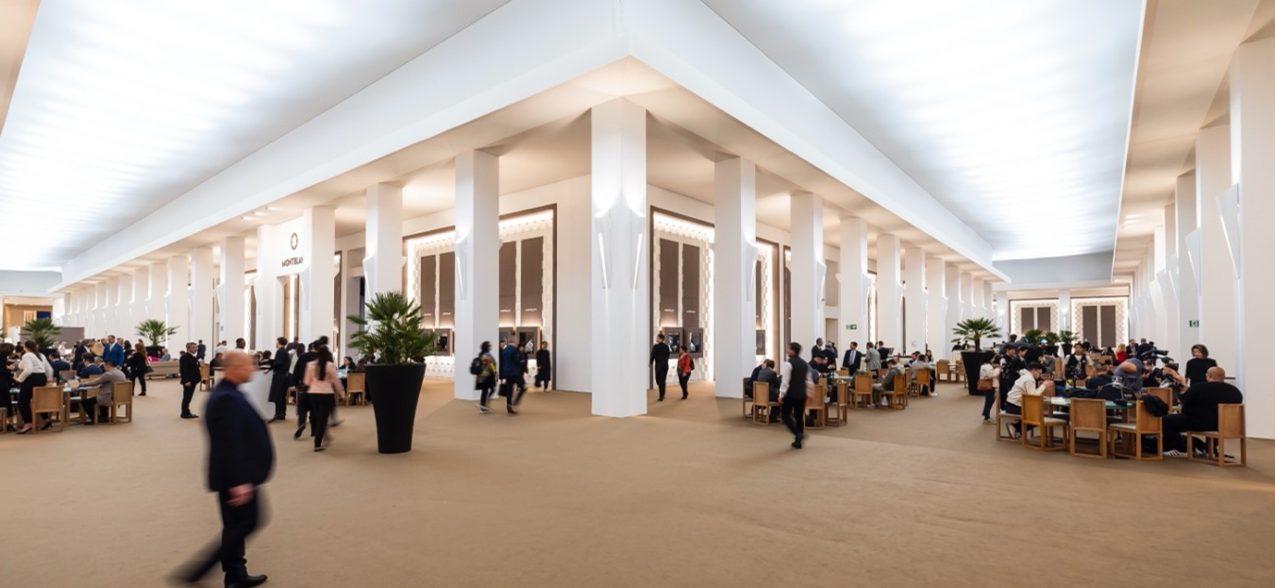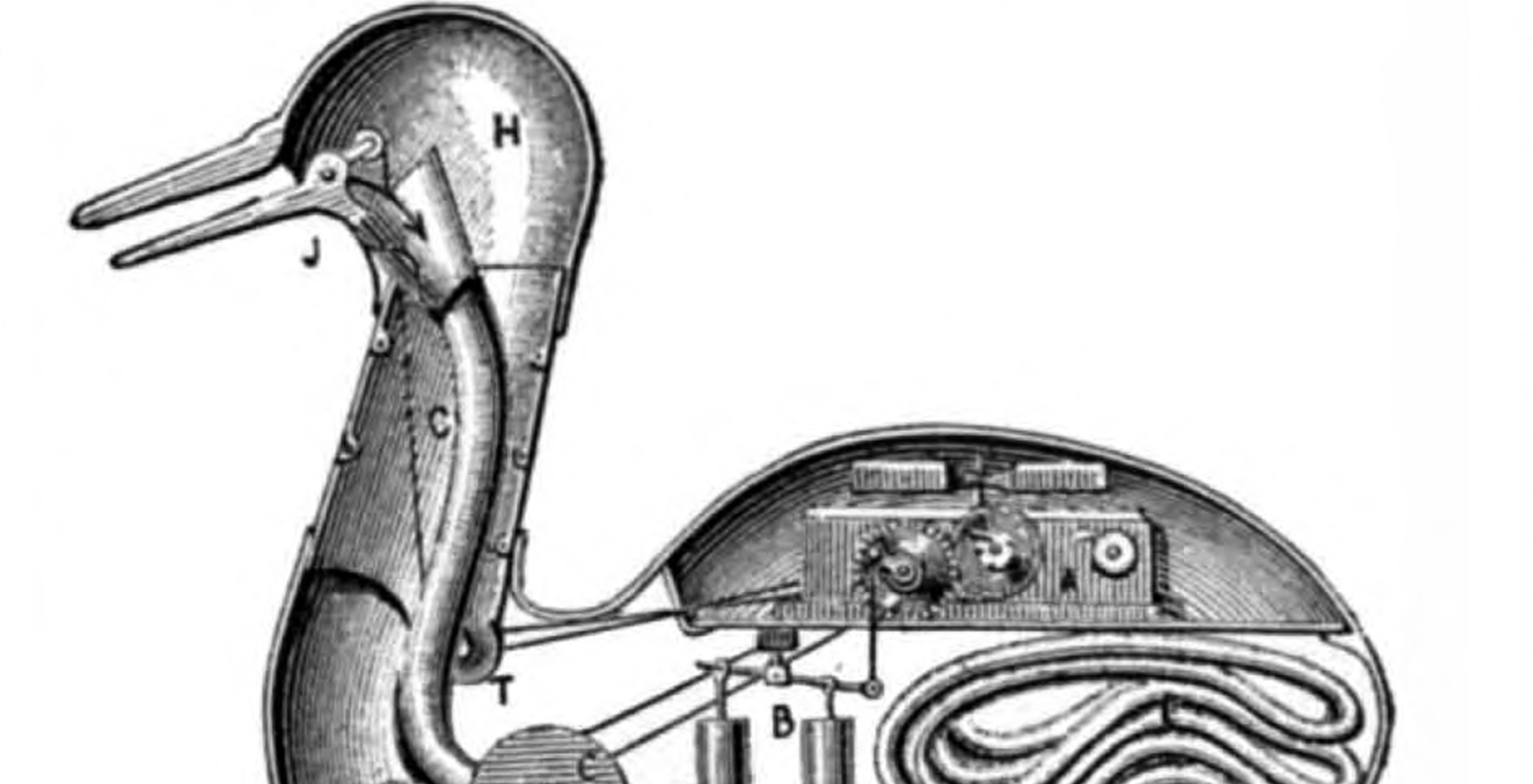by Lavinia Dickson-Robinson
The Tate Britain together with the EY Tate Arts Partnership, are staging a major Exhibition about Vincent Van Gogh. This unmissable exhibition will take a closer look at the artist through his relationship with Britain. It explores how Van Gogh was inspired by British art, literature and culture through out his career and how he in turn inspired British artist, from Walter Sickert to Francis Bacon.
Vincent Willem van Gogh (1853 – 1890) was a pioneer in the application of colour and drama to painting. His impulsive and expressive brushwork greatly contributed to the foundations of modern art.
Born into an upper-middle-class family, Van Gogh drew as a child and was serious, quiet and thoughtful. As a young man he worked as an art dealer, often travelling, but became depressed after he was transferred to London. He turned to religion and spent time as a Protestan misionary in southern Belgium. He drifted in ill health and solitude before taking up painting in 1881, having moved back home with his parents. His younger brother Theo, supported him financially, and the two kept up a long correspondence by letter
His early works, mostly still lifes and depictions of peasant labourers, contain few signs of the vivid colour that distinguished his later work. In 1886, he moved to Paris, where he met members of the avant-garde, including Émile Bernard and Paul Gauguin, who were reacting against the Impressionist sensibility. As his work developed he created a new approach to still lifes and local landscapes. His paintings grew brighter in colour as he developed a style that became fully realised during his stay in Arles in the south of France in 1888. During this period he broadened his subject matter to include series of olive trees, wheat fields and sunflowers.
Van Gogh was unsuccessful during his lifetime, and was considered a madman and a failure. He became famous after his suicide in 1890. Today, Van Gogh’s works are among the world’s most expensive paintings to have ever sold at auction.
In this exhibition the Tate Britain has brought together over 45 paintings by Van Gogh, from public and private collections. This includes Self-Portrait 1889 from the National Gallery of Art Washington and Starry Night on the Rhone 1888 from the Musée d’Orsay, Paris.
This is the largest major group of Van Gogh paintings brought together in nearly a decade. Sadly, there is one mayor painting missing; the Sunflowers version painted in 1889, and currently under the care of the Van Gogh Museum in Amsterdam, couldn’t travel as the Museum considered that i8t was far too fragile to travel. Therefore, The National Gallery has lent its Sunflowers painted in 1888.
Van Gogh spent several crucial years in London, between 1873 and 1876, writing to his brother Theo, he declared, “I love London.” Van Gogh lodged in a room in Lambeth, South London, when he was in his early 20s and fell in love with the capital, walking everywhere.
In January 1874, he wrote to his brother Theo, “Things are going well for me here, I have a wonderful home and it’s a great pleasure for me to observe London and the English way of life, and the English themselves, and I also have nature and art and poetry, and if that isn’t enough, what is?”
The exhibition provides an opportunity to see how Van Gogh was inspired by British artists and writers from Constable to Shakespeare and Christina Rossetti. Van Gogh had a special fascination with Charles Dickens, who influenced Van Gogh’s subject matter throughout his career. L’Arlesienne 1890, a portrait he created in the last year of his life in the South of France, features a favourite book by Dickens in the foreground. In turn, you will be able to see some of Van Gogh’s best-known works through the eyes of the many British artists he inspired.













Show Comments +